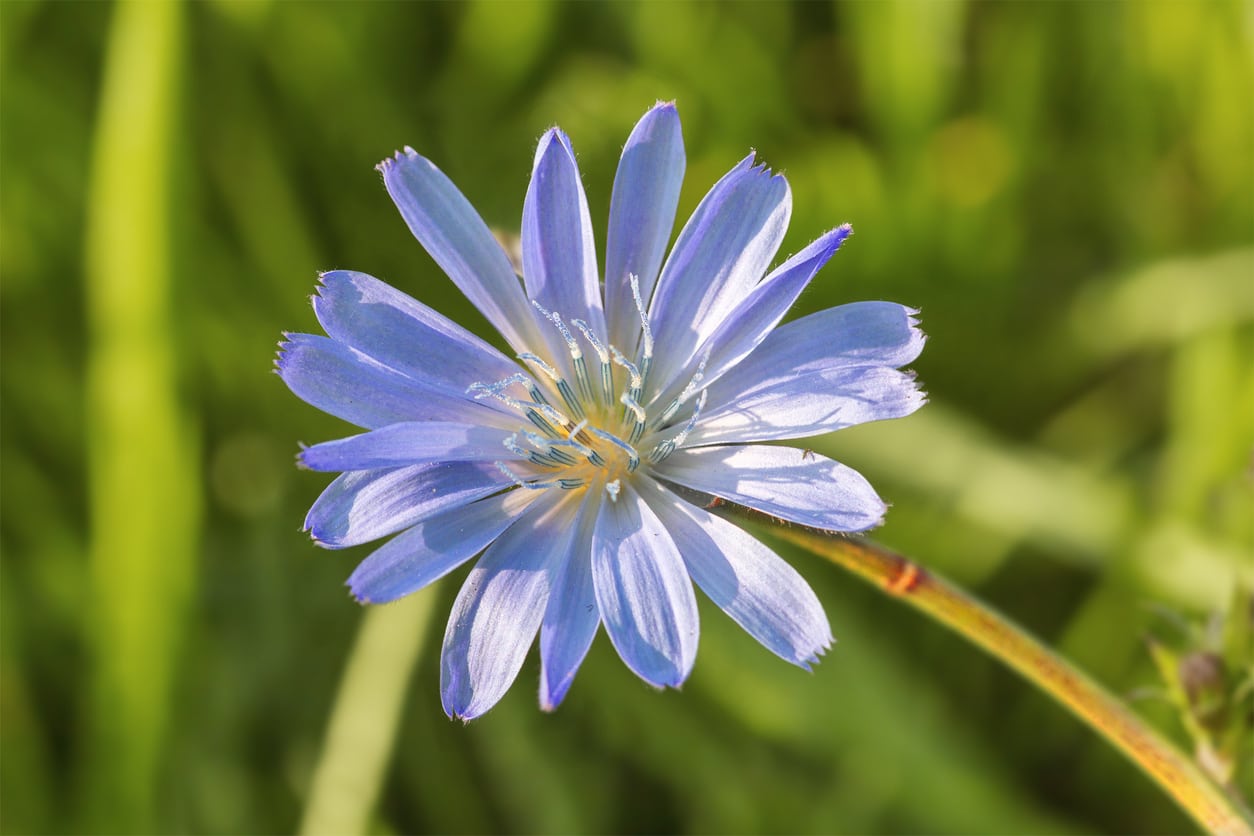Common Chicory Issues: How To Avoid Problems With Chicory Plants


Chicory is a sturdy, green plant that thrives in bright sunlight and cool weather. Although chicory tends to be relatively problem-free, certain problems with chicory may arise – often because growing conditions aren’t quite right. Let’s do a little troubleshooting to determine what’s going on with your ailing chicory plants.
About Chicory Issues
Preventing problems with chicory starts with proper growing conditions and hardy plants. Healthy chicory plants are tougher and less likely to be bothered by various chicory issues. Be sure your chicory plants are planted in fertile, well-drained soil and that they are watered properly. The soil should be uniformly moist but never soggy. Chicory requires several hours of bright sunlight per day. However, keep in mind that chicory is a cool-season crop and won’t do well when temperatures rise in summer. Keep weeds in check, as weeds often serve as host plants for various insects. Additionally, weeds cause crowded conditions that prevent healthy air circulation.
Chicory Plant Problems: Common Insect Pests
Slugs and Snails – Chicory usually isn’t bothered too much by pests – except for slugs and snails. There are a number of ways to control the slimy pests, including either toxic or non-toxic slug baits. Keep the area free of debris and other hiding places. Limit mulch to 3 inches (7.5 cm.) or less. If you aren’t squeamish, you can pick the pests off by hand in the evening or early morning. You can also surround the plant with diatomaceous earth which abrades the pest’s skin. Aphids – Aphids are tiny, sucking pests, frequently found feeding in large numbers on the underside of chicory leaves. Insecticidal soap spray is effective, but several applications may be needed to control a severe infestation. Thrips – Thrips are tiny, narrow insects that suck the sweet juices from chicory plant leaves. As they feed, they leave silvery specks or streaks and distorted leaves, and can significantly weaken a plant if left untreated. Thrips may also transmit harmful plant viruses. Like aphids, thrips are easily treated with insecticidal soap spray. Cabbage loopers – Cabbage loopers are pale green caterpillars with white lines running down the sides of their bodies. The pests can cause significant damage when they chew holes in the leaves. You can remove the pests by hand or apply Bt (Bacillus thuringiensis), a naturally occurring bacteria that kills caterpillars by damaging the cell membranes. Leaf miners – Leaf miners are easily spotted by the thin, white trails on chicory foliage. A serious infestation can cause leaves to drop from the plant. Leaf miners can be difficult to control. Avoid pesticides because the toxins will kill beneficial insects that keep leaf miners in check. Instead, consider purchasing parasitic wasps and other insects that feed on leaf miners.
Common Diseases Problems With Chicory
Root rot, which is usually deadly, causes rotten, foul-smelling roots and weak, mushy stems. Prevent root rot by planting in well-drained soil. Water carefully, as rot commonly occurs in soggy, waterlogged conditions. Avoid overcrowding, which inhibits air circulation. Viruses cause stunted growth and yellow, brittle leaves. Control aphids, as many viruses are transmitted by the tiny pests.
Sign up for the Gardening Know How newsletter today and receive a free copy of our e-book "How to Grow Delicious Tomatoes".

A Credentialed Garden Writer, Mary H. Dyer was with Gardening Know How in the very beginning, publishing articles as early as 2007.